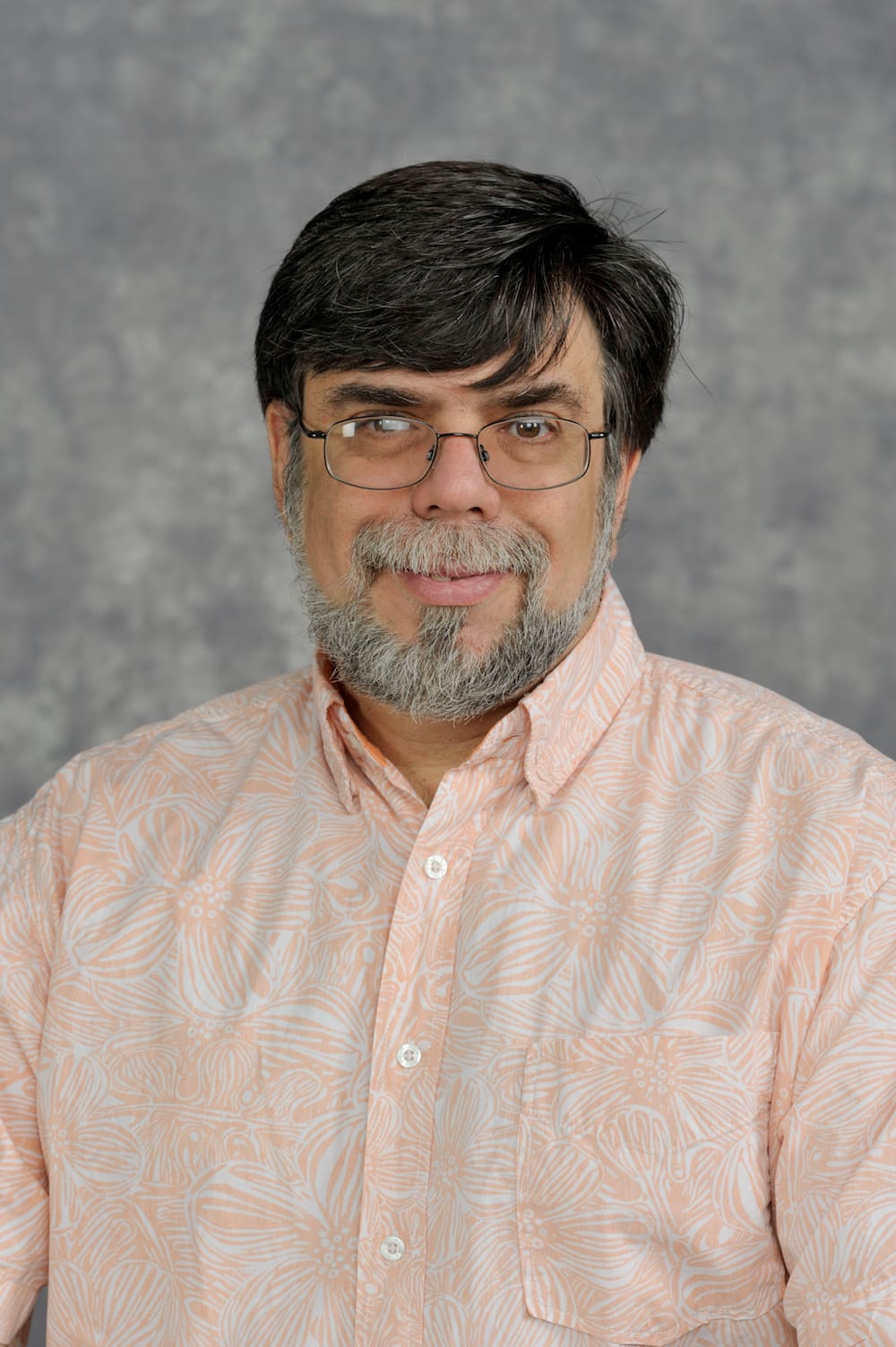Rodriguez joined CMS in 2001. Initially he worked on a series of Grid computing projects that eventually led to the creation of the Open Science Grid (OSG). Now he focus on data analysis but still contributes to computing for CMS when the opportunity presents. Before he joined CMS he studied flavor physics and CP violation at the Belle experiment at the KEK B-factory, in Tsukuba Japan and CLEO-II the electron/positron collider experiment at Cornell University. Exploring CP violation, a rather complicated and technical element of the standard model of particle physics, is critical to our understanding of why the observable universe is composed of matter instead of anti-mater.
Research Areas
His research focus is in the field of Elementary Particle Physics (EPP). People in this field are interested in exploring the structure of space and time and the basic constituents of matter with the goal of understanding the laws that govern our physical universe. As an experimentalist in the field, he works on very large scale experiments that require active participation by teams of scientists, engineers and technicians that number in thousands. These teams are international in scope and based at laboratories all over the world. Rodriguez works on the Compact Muon Solenoid (CMS) experiment, a general-purpose particle detector collecting data at the Large Hadron Collider. This laboratory CERN is located in Geneva, Switzerland.
Specifically, his research interest lie in the search for supersymmetric particles that decay hadronically. This basically means he searches for a completely new never before seen but highly anticipated form of matter that complements the ordinary matter we see around us. SUSY particle could be the long-sought elements of dark matter. In the search, Rodriguez and colleagues are conducting a possible signature of a SUSY particle is its decay into a series of quasi-stable particles composed of quarks and missing energy. This is the meaning of 'decay hadronically' part of the sentence above.
